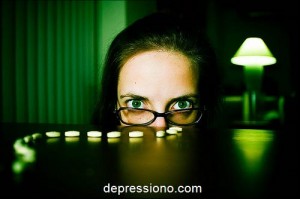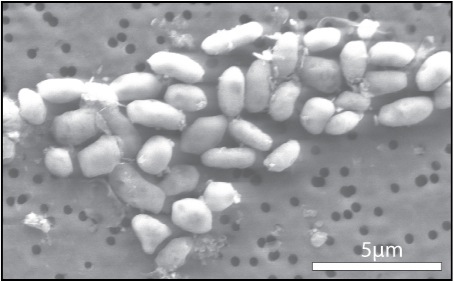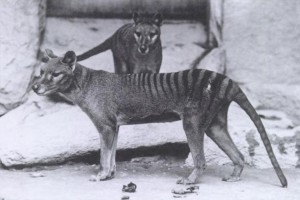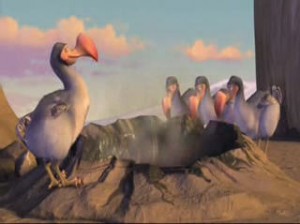As researchers explore the human genome, they are facing many ethical issues that does not allow them to do further approach in their findings. Since we all know, the genetic information are all built and saved in DNA and are replicated constantly through our lifetime. Studies done on DNA have enabled to discover a scientific miracle called cloning, which is in simple term the rebuild of organs using the DNA templates in human genome. Although cloning is not fully developed and it is still in its basic stages, it may have lots of implications that can improve health and survival many people who have health conditions resulting from organs failure or damage. It also can be a very good substitute for organ transplantation which is very risky since the patience who receives the transplant can reject the organ or develop major challenges to accept the new organ. Since cloning uses the genomes of the same person to develop the new organ or limb it will reduce the risk factors to a large extent. Although cloning has many benefits but there are many researches and studies needs to be done in order to imply cloning as an alternative cure for many patients. At this stage scientists have to be extremely cautious since they are dealing with human and since performing experiments on human can lead to death, so ethic is a major barrier to increase the paste of the studies in this field. However, in many cases where the patient has no other alternative, I think even experimental cloning may give him or her a chance to recover his or her health again, What do you think? Should organ cloning be offered as an alternate in curing the diseases considering its health factors?
New User
If you want to add yourself to this blog, please log in.
-
Recent Posts
Categories
Authors






